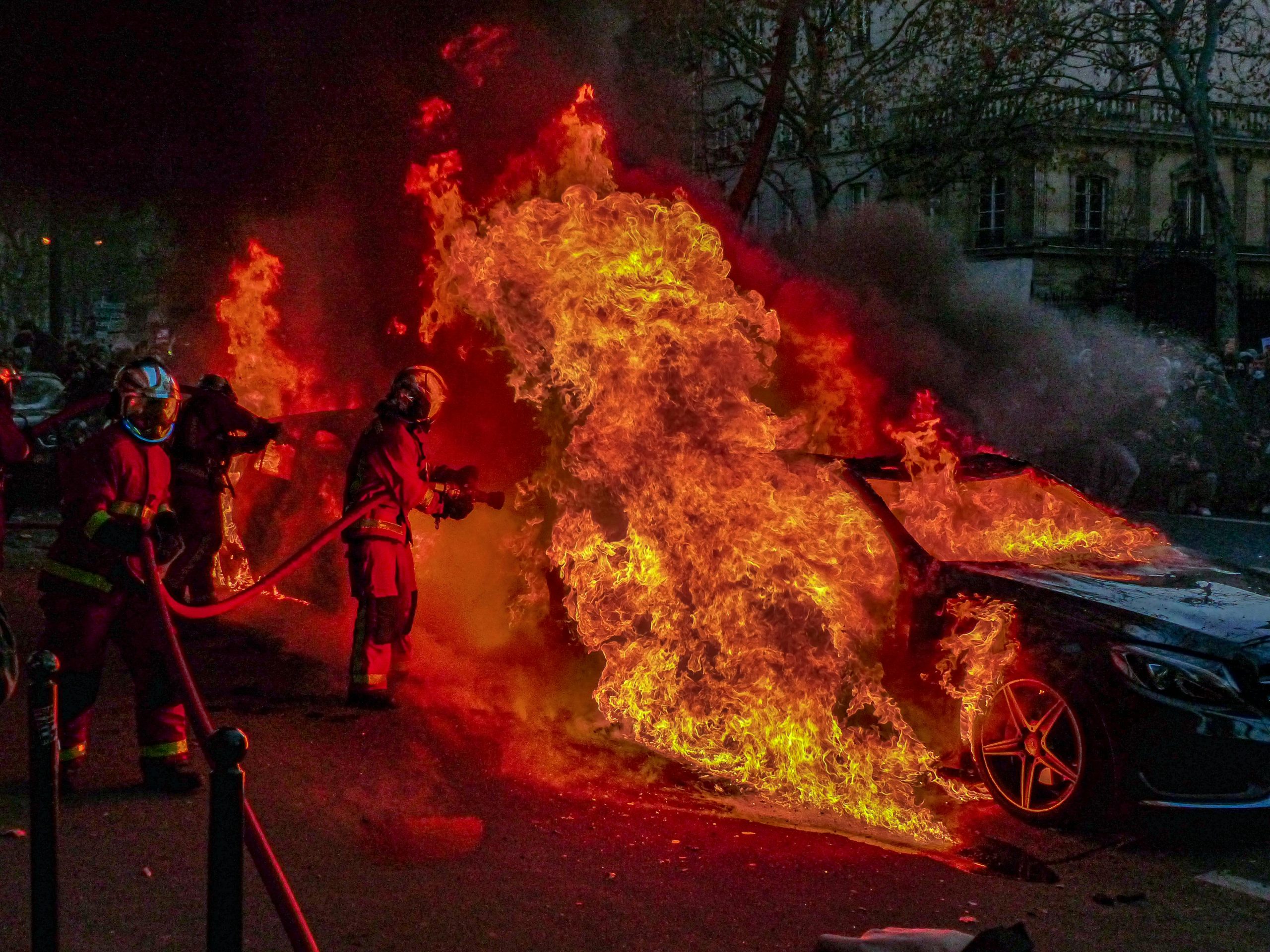Electric car fires: Jaguar I-Pace case reveals new challenges for firefighters and infrastructure

At this year’s Electromobility Forum, there was a major topic related to electric vehicle fires, firefighting and the specific challenges these situations bring. Much attention was drawn to the case of the Jaguar I-Pace electric car fire that broke out on 4 May 2023 in an underground garage on Belgrade Street in Prague.
This event showed not only the risks associated with electric cars, but also the importance of having the right equipment and rules for parking them.
On the fateful day, the vehicle was parked in a garage that was equipped with fire detectors, internal hydrants and emergency lighting with its own battery source. The rule that parking and charging of electric vehicles is only allowed on the first underground floor also played an important role, which facilitated the firefighters’ intervention and minimized the damage. The fire broke out shortly before midnight and the flames quickly engulfed the entire SUV, which is 4.6 metres long and weighs over 2 tonnes.
Firefighters received the first report of the fire at 11:56 p.m. and arrived on scene just four minutes later. Although it took 76 minutes to locate and stabilize the vehicle, it took an additional 133 minutes to completely extinguish the fire and pull the vehicle to the street. The final flooding of the vehicle, necessary to extinguish the outbreak, took 211 minutes from the start of the intervention. However, the overall process continued for several days and was not completed until 12 May, after eight days of intensive work.
An electric vehicle fire poses a number of specific risks. These include the rapid spread of flames, high burning temperatures and the production of toxic fumes. In the case of the Jaguar I-Pace, firefighters had to use 19,000 litres of water. Another problem was the weight of the vehicle – if the car weighed over 3.5 tonnes, it would have been even more complicated to extract it from the underground garage. The fumes contained hazardous fluorine and chlorine compounds that endangered not only the responding units but also the surrounding area. In addition, corrosive electrolyte leaked from the vehicle, requiring thorough ventilation and special disposal of contaminated water that could not be discharged into the sewer system.
The firefighters also pointed out the need to adapt the infrastructure so that similar interventions could take place more efficiently. They suggest, for example, wider parking spaces, dedicated evacuation routes for affected electric vehicles, larger access ramps and larger car lifts. They also stress the need to provide easily accessible places to disconnect charging stations and suitable systems for the drainage of contaminated water with chemical separators.
In the Czech Republic, experience with electric vehicle fires is still limited, which increases the need for further research and development. Collaboration between firefighters, developers and EV manufacturers is key to creating solutions that make EVs safer and more effective in dealing with similar emergencies. This case has clearly shown that the future of electric mobility brings not only new benefits but also significant challenges that need to be prepared for.
Photo source: www.pexels.com
Author of this article
WAS THIS ARTICLE HELPFUL?
Support us to keep up the good work and to provide you even better content. Your donations will be used to help students get access to quality content for free and pay our contributors’ salaries, who work hard to create this website content! Thank you for all your support!





OR CONTINUE READING